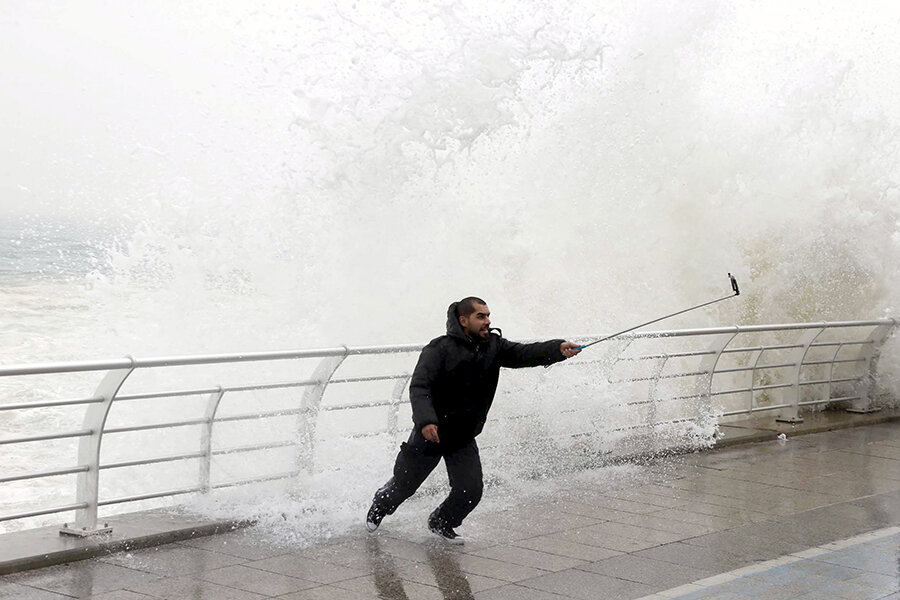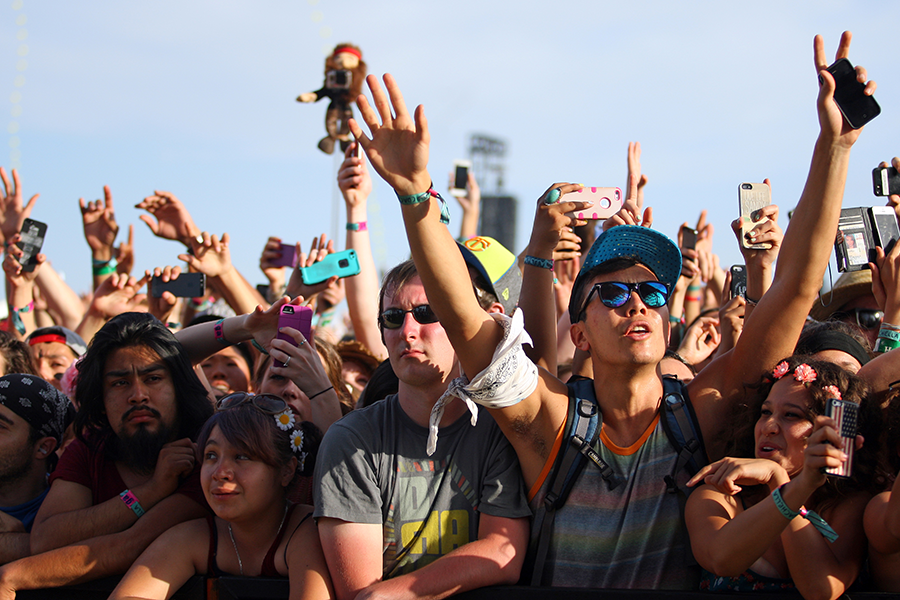As selfie-related accidents increase, officials look at restrictions, education
Loading...
These days, some people would just die for a great selfie. Literally.
Just five days ago, a Japanese tourist died after slipping off the stairs at the Taj Mahal's Royal Gate as he was taking a selfie with his phone.
In August, a Spanish man was killed by a bull at the annual bull running festival; he had his back to the charging creature, arms stretched out in front of himself to capture the perfect shot.
And in Denver, Colo., Waterton Canyon park has been closed for weeks because of a particularly high bear population – and a correspondingly high population of selfie enthusiasts putting their lives in danger to get snapshots with the beasts.
"We've actually seen people using selfie sticks to try and get as close to the bears as possible, sometimes within 10 feet ... " Brandon Ransom, a park official told the New York Daily News.
The list of selfie-induced deaths worldwide goes on and on, leading social scientists and public officials to wonder what is behind this reckless behavior and how to prevent it.
Jesse Fox, an assistant professor of communications at Ohio State University who has studied the psychological motivations behind social media sharing, told Reuters that selfies attract personalities already more likely to push the boundaries.
"You don't care about the tourist attraction you're destroying; you don't care about annoying people in your social media feed ... you're not even thinking about the consequences of your actions, so who cares if you're dangling off the side of the Eiffel Tower?" Dr. Fox said earlier this month.
In a recent study of 1,000 men between the ages of 18 and 40, Dr. Fox's results showed that the instinct to post a lot of selfies was somewhat correlated to so-called "Dark Triad" traits of narcissism (self love) and psychopathy (lack of empathy), traits that she and her research partner Margaret C. Rooney identified in their subjects through a personality test.
Their study gauged how many selfies the men had taken and posted on social media in the last week, compared to other photos they had posted, and how much time they spent on social media sites. They also examined whether they edited the pictures by cropping, filtering, and re-touching to make themselves look better.
They found that narcissism and self-objectification (self worth based on physical appearance) had some association with more time spent on social media and with more photo-editing.
There's room for a lot more research, though, since selfies are ubiquitous; the pope, President Obama, monkeys, and many others around the world take them. And Dr. Fox's small study doesn't help explain the draw of taking selfies in precarious environments.
Whatever the motivations behind reckless selfies, public officials are starting to take the craze more seriously in order to prevent unnecessary, tragic deaths.
The European Union in June proposed to criminalize social media posts with pictures of landmarks like the Eiffel Tower in Paris or Rome's Trevi Fountain, Reuters reported. And India earlier this month implemented a "no selfie zone" at the Hindu Kumbh Mela festival, fearing they may cause stampedes.
Russia launched a selfie education campaign in July, releasing an illustrated booklet that warns of the perils of climbing electricity towers to snap photos, or standing in front of an oncoming train, or in front of a wild animal.
At a press event to announce the launch of the campaign, according to the BBC, Russian ministry official Yelena Alekseyeva told reporters, "Our booklet reminds you of how to take a safe selfie, so it is not the last one you will ever take."






